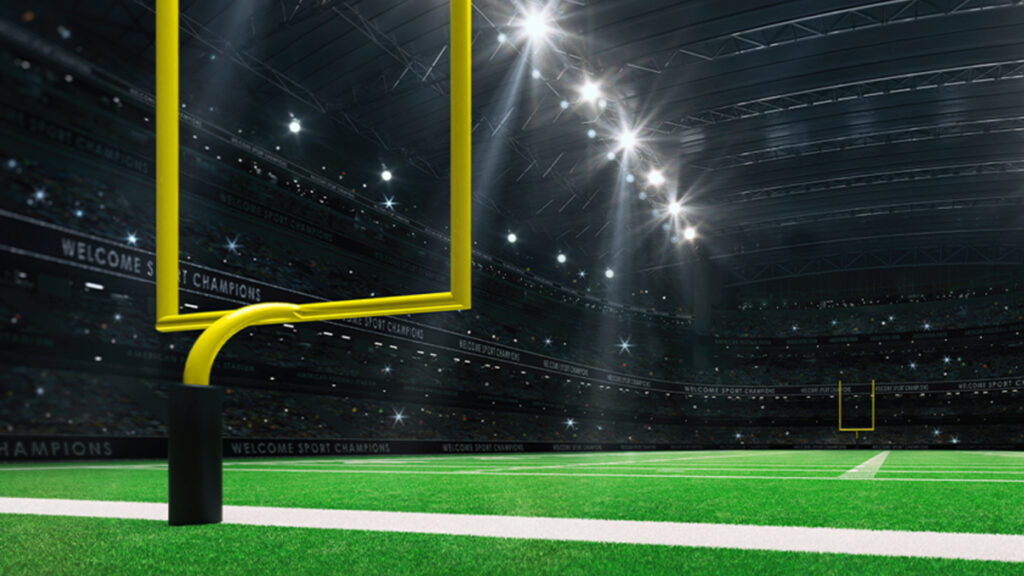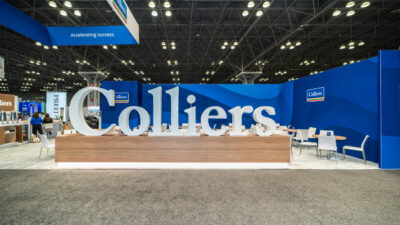Super Bowl LVII is the highly anticipated championship game of the National Football League (NFL) season. Taking place each year on the second Sunday in February, this annual event brings together the best teams from the AFC and NFC conferences to compete for the coveted Vince Lombardi Trophy. This year’s Super Bowl will take place on February 12, 2023, and promises to be a thrilling showdown between the Kansas City Chiefs and the Philadelphia Eagles in Glendale, Arizona. With millions of fans tuning in from around the world, the Super Bowl has become a cultural phenomenon that transcends sports, bringing consumers together to celebrate the love of the game.
 Nicole Larson
Nicole Larson
“The impacts of the Super Bowl on the retail industry each year are colossal as the event drives increased sales in categories such as food, electronics, party supplies, and sporting goods.”
The impacts of the Super Bowl on the retail industry each year are colossal as the event drives increased sales in categories such as food, electronics, party supplies, and sporting goods. It’s not uncommon for retailers to offer promotions and deals in conjunction with the event. Additionally, the city where the Super Bowl is held experiences a boost in tourism, which positively impacts local retailers. This year, Super Bowl weekend is expected to generate $124 million for local businesses and approximately $600 million for the host state of Arizona. This includes $78.5 million for accommodation, $12.8 million for transport, and $34.8 million for restaurants.
The latest consumer spending data from NRF and Prosper Insights & Analytics’ 2023 Super Bowl survey found that 192.9 million U.S. adults plan to tune in to the big game. This year, 103.5 million people plan to throw or attend a party, and another 17.8 million plan to watch the game at a bar or restaurant. As a result, total spending on food, drinks, apparel, decorations, and other purchases for the day is expected to reach $16.5 billion, or $85.36 per person. Nearly 80% of consumers’ Super Bowl Sunday spend will be on food and beverages, followed by 12% on team apparel, 10% on TVs, 7% on decorations, and another 7% on furniture.
According to Advantage Solutions, grocers will see their fair share of prepared food purchases as nearly half of the party hosts plan to buy from a supermarket. In addition, two-thirds of party attendees expect to spend an additional $50 to $100 on the food and drinks they bring along. But the spend doesn’t stop at kickoff; about one-third of all adults surveyed said a Super Bowl commercial had influenced them to buy a product or service in the past two years.
Fun Facts about Super Bowl Sunday:
- The first Super Bowl was played on January 15, 1967, and was called the “AFL-NFL World Championship Game.”
- The term “Super Bowl” was coined by Lamar Hunt, longtime owner of the Kansas City Chiefs and founder of the American Football League.
- The most-watched Super Bowl was Super Bowl XLIX in 2015, which 114.4 million viewers watched.
- The cost of a 30-second advertisement during the Super Bowl has steadily risen over the years and now costs over $5 million.
- The Monday after the Super Bowl, also known as “Super Sick Monday,” is the biggest sick day of the year, with an estimated 16.1 million Americans missing work the day after the Super Bowl, with 8 million scheduling the day off in advance.





 Anjee Solanki
Anjee Solanki